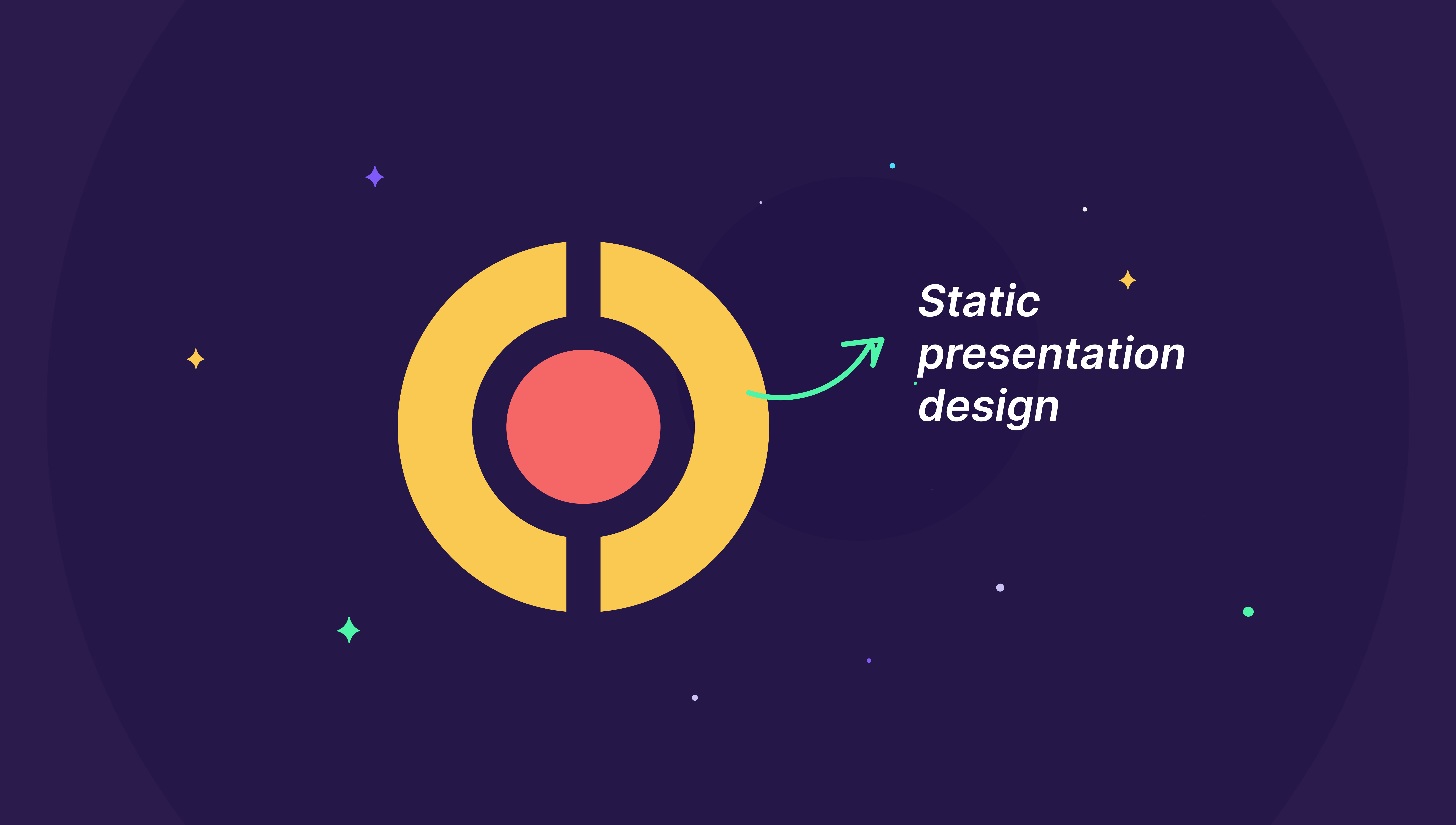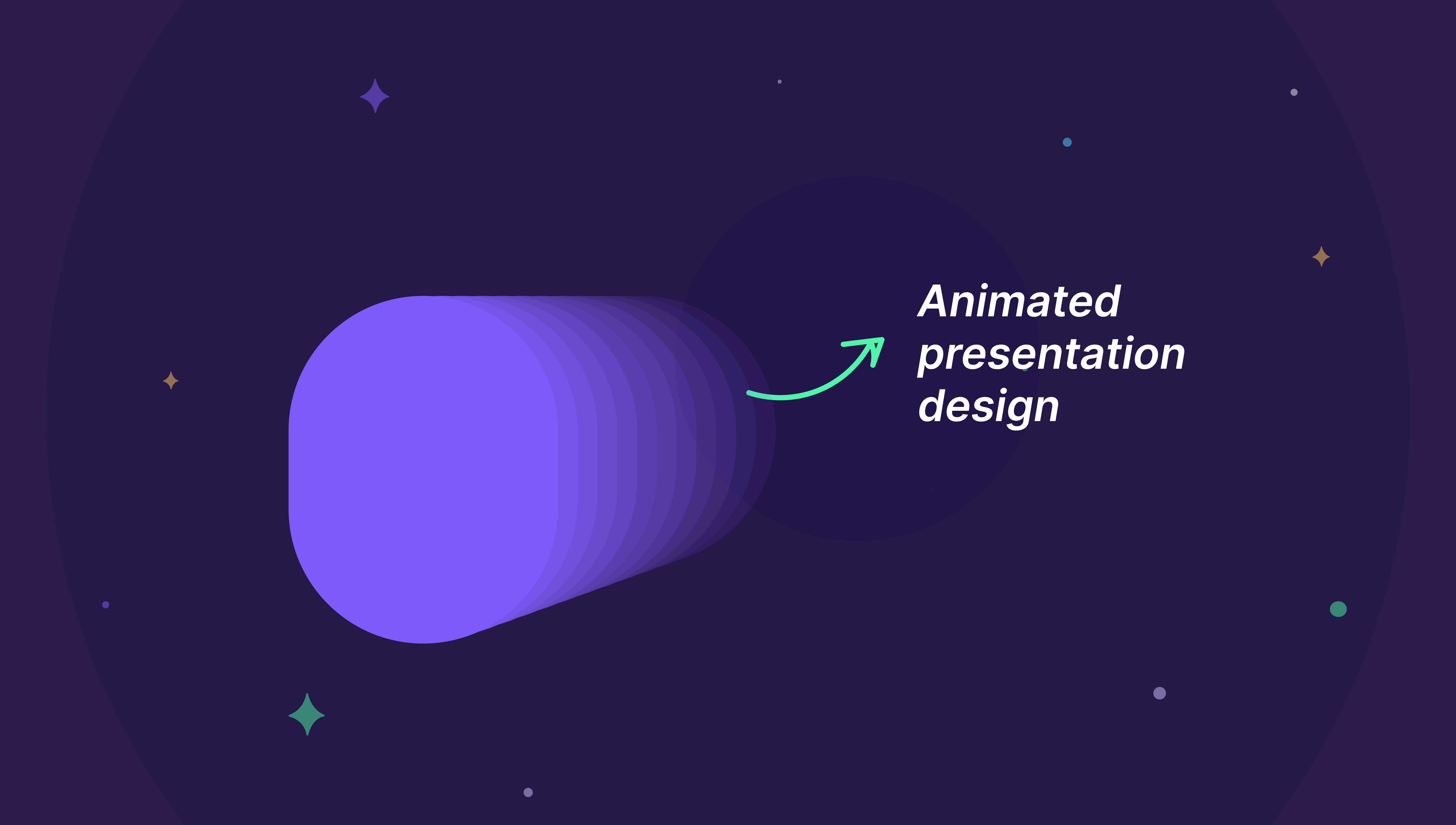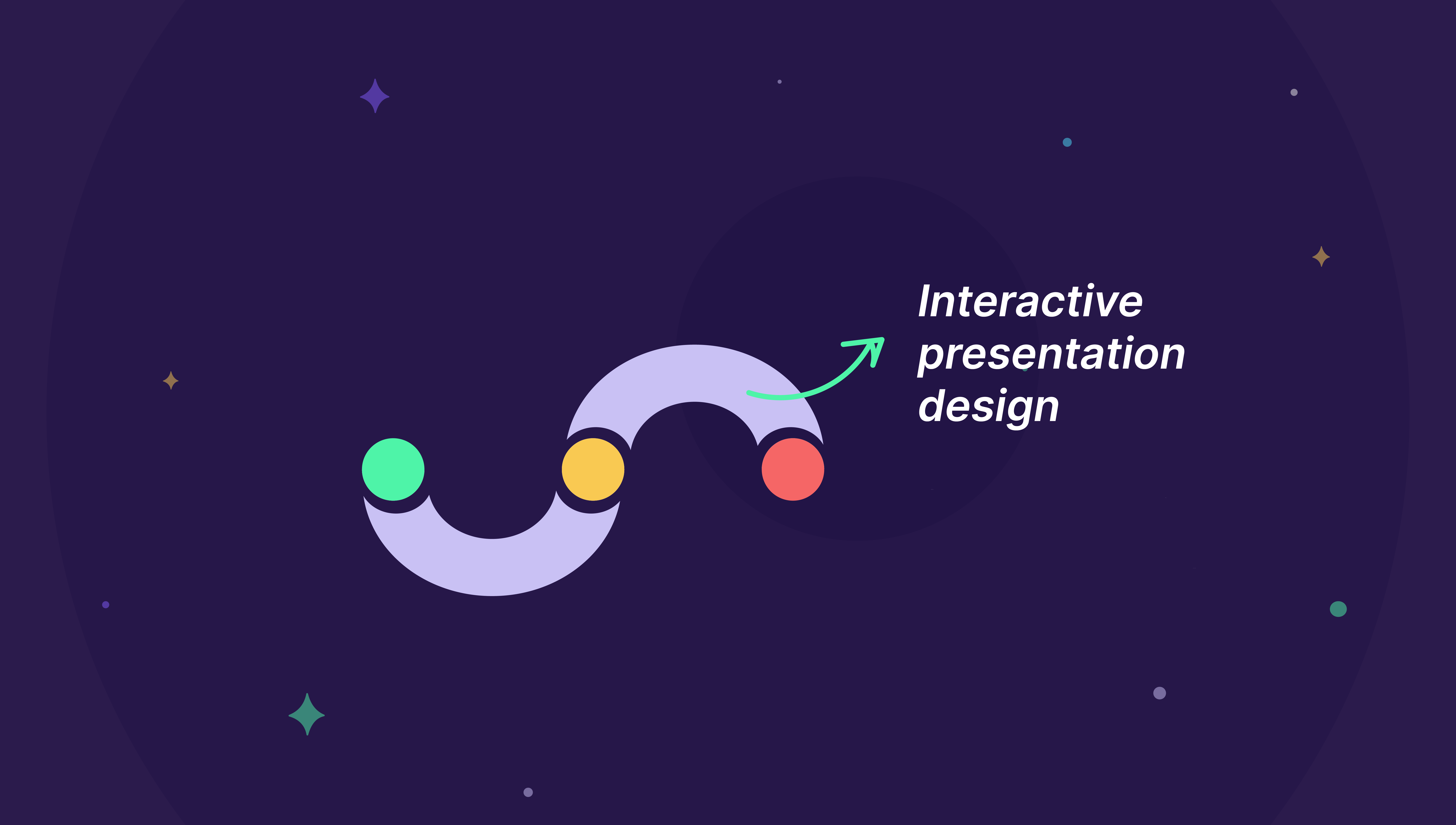24 June 2024
Introduction
We understand that designing for some people might be a waste of time, but getting the message across is the whole point of presenting an idea. It’s the context that matters.
Well, we are here to tell you that you might be right, but not quite. Although you make a fair point, that the main goal is in fact to get your message across, however, ask yourself this:
Also read: The benefits of motion graphics for your brand
When great presenters, such as Steve Jobs, Bill Gates, Stephen Covey, Sheryl Sandberg, and every TEDX speaker present – what do they all have in common? Is it only the importance of the message that they get across that people consume the information right away? Is it only because of the way they speak that brings you in automatically with their charisma that they may or may not be born with?
Maybe it’s actually because they are already famous that the audience has no choice but to listen and engage. They expect great things from great minds, and so when they present, greatness is inevitable.
The above points might be some reasons why these presenters have impactful presentations. But trust that they are way down the list.
First, let’s touch on some important principles that you need to know about presentation design, shall we?
The Basics of Presentation Design
For each profession, there is a professional. In business, there is a businessman, in art, there is an artist, in marketing, there is a marketer. In Presentation design, there is a presentation designer.
“Presentation design designers craft an array of ideas, stories, words, and images into a set of slides that are arranged to tell a story and persuade an audience.” With this skill, which should not be taken lightly, they can present a new design solution to deliver ideas through well-crafted and detail-oriented slides.
At Prezlab, we create presentations for our clients that not only cater to all levels but also aim to cut through the noise. We understand the importance of being able to communicate effectively. And so, by creating story-driven presentations, ordinary data is transformed into impactful information and content.
“A great presentation gives smart ideas an advantage”
How to Use Different Types of Presentation Design to Your Brand’s Advantage
With the evolution of many things in life, visuals have had an exponential rise in terms of their format, their impact, their purpose, and even the public’s preferences for their versatility.
As we stated in the beginning, context is very important. But it is merely a supportive element in the big picture. The context of your visualization will have an important impact on your design choices.
Here are the three types of presentation design:
Static Presentation Design
This is your standard presentation design option. It requires careful thought about what data and information is or isn’t being displayed to the audience.
Static presentations are your go-to if your goal is to hold the audience’s attention with a logical and structured approach. With the use of striking images and condensed pieces of content that adheres to your brand’s guidelines, static presentation design gets your message across directly and seamlessly, without any distractions.
Animated Presentation Design
Animation is an important aspect of the presentation that you can leverage in your efforts to produce a professional and effective business presentation.
Animated presentations with motion effects can help you:
- Pace the delivery of your information
- Illustrate processes
- Reinforce key concepts
- Grab the audience’s focus
- Enhance visual interest and impact
The most important principle when creating animated presentations specifically, is that you don’t want to go too overboard with the motion effects as they end up undermining the presentation’s message. And so our advice to you, knowing when and where to draw the line between dynamic content and distraction becomes a handy skill to have.
Interactive Presentation Design
The level of interactivity of your presentation can depend on whether the primary purpose is to explain what is already known or uncover meaningful and important unknowns.
Interactive designs, unlike static ones, offer the following:
- Input mechanism: They present readers with more viewing options and therefore contain rich data displayed subtly; It allows them to navigate the content in the way they want by sliding, pressing certain trigger buttons, and hovering/un-hovering.
- The pivot point for new exploration: They demand more from users to think and decide how to view the data rather than presenting them with pre-determined views
- Enhance display: Interactivity and user autonomy are essential for the visualization to serve its purpose and meet the user’s goals.
Metaphorically speaking: “Users move through visualizations like people walking through a building. Visualizations, like buildings, are built based on the user’s needs. As they are able to navigate through the data sets.”
Perfect Pitch: It’s Not Only in the What, It’s in the How.
Going back to our ideal presenters – what are we missing?
We have the right message, the right target audience, and the right data and content, we may or may not have the right level of confidence or charisma…. But what is that missing link?
Read the headline again. It’s in the HOW.
Design. Design. Design.
How you choose to present this message visually is and will always be a vital component of an effective and memorable result.
Here’s why:
It’s your chance to showcase your expertise:
Whether you’re speaking at a conference or pitching to investors, you are communicating your level of expertise, talent, and professionalism. If your visual standards are low, your audience may as well assume that you have cut corners elsewhere.
It will reinforce your brand:
A well-crafted, visually appealing business presentation can say a lot about how you do business. It shows that you are professional and value quality.
The business world is all about first impressions. A business presentation in itself is often the first document about your organization that your clients or partners get to see. By making use of information architecture and presentation design, you will be imposing yourself and your business in the best light.
There’s a science to it:
- We’ve seen that a well-designed presentation that conveys the right message and is also visually appealing has as much as 60% higher chances of conversion.
- 90% of the information transmitted to the brain is visual.
- We process visuals 60,000 times faster than text.
“Effective presentation design is as important as the message itself.”
Keep the importance of visual information at the forefront of your mind. And make sure your presentations from here on out are more “show and tell” than “tell and tell.”
Stories are Data with a Soul
Give your presentation a story.
Presentations build towards an impactful moment and unleash a wave of momentum that changes people’s perceptions and preconceived notions. Good stories aren’t boring and neither are good presentations.
What might be the purpose behind creating and delivering a presentation? It certainly depends on the audience and the context itself, but the main reasons include: informing, instructing, entertaining, inspiring, activating, and persuading.
With this kind of power, designers can’t afford to view presentations as “just another deck.” We shouldn’t use the same formulaic templates or fail to educate our clients about the importance of high-quality image assets.
Instead, we need to see presentation design as an opportunity to craft a compelling narrative that earns big wins for our clients.
Conclusion
With presentation design, you don’t just make your point. You give power to the point you make. And that should always be the aspiration. Give power. Make change. Impact lives.












